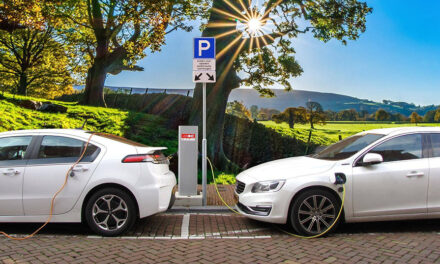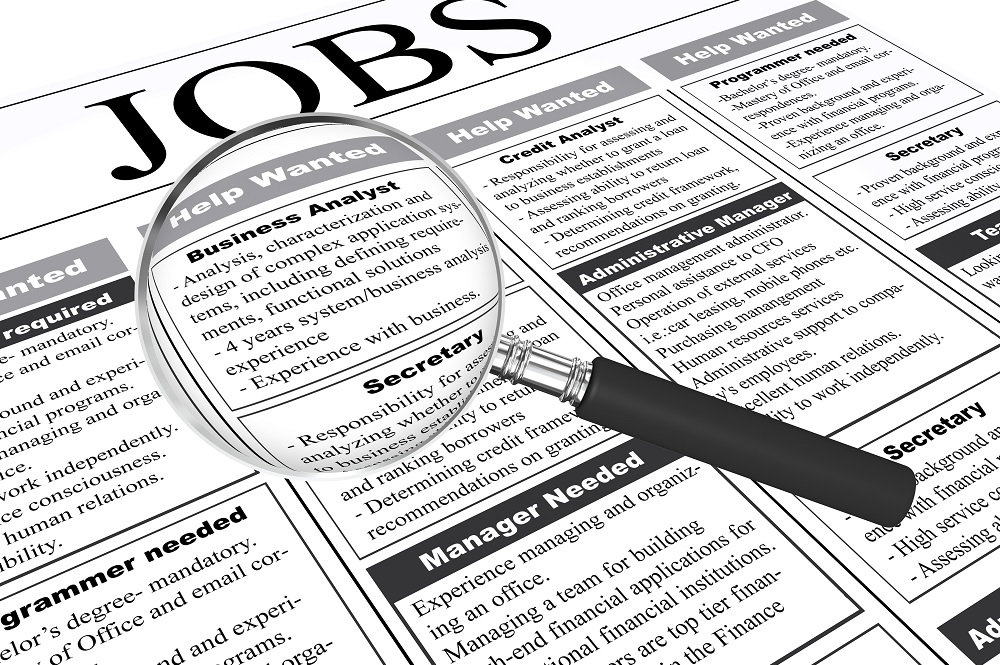Last September 14, 2019, Houthi rebels from Yemen attacked the largest crude oil processing facility in the world, which you can find in Saudi Arabia. They sent in several drones to bomb and set fire to the state-owned oilfield operated by Saudi Aramco. Luckily, nobody was injured or hurt during the attacks. Emergency respondents were able to contain the fires and kept the situation under control.
The facility is called Khurais oilfield. You can locate this crude processing facility in Abqaiq, and it is responsible for the production of a significant percentage of oil around the world. This firm plays a crucial role in supplying energy for all people. Khurais oilfield is the world’s most profitable oil firm, valued at at least $1.5 trillion. However, Crowne Prince Salman sees it to have a value of $2 trillion.
Early Saturday, Houthi rebels deployed ten drones in an attempt to destroy the facility. A representative of this group announced that this attack was the biggest they’ve ever done. He also promised that they would bring about even more severe and painful operations in the future.
Although these rebels claimed that they did it, U.S. Secretary of State Mike Pompeo wrote on Twitter that Iran was behind the attack. He mentions that no evidence was available to prove that the attacks came from Yemen. He continues to talk about how Tehran is responsible for almost a hundred strikes on Saudi Arabia.
Effects of the Attack
Due to the destruction caused by the attacks, Saudi Arabia was forced to shut down half of its oil production. As this facility was responsible for 9.85 million barrels of crude daily, around 5.7 million of these will be affected. The U.S. Energy Information Administration foresees global production of oil to go down by 5% because of this closure.
Other than crude oil, the production of gas such as ethane and natural gas liquids was also reduced by 50%. The Saudi Energy Minister, Abdulaziz bin Salman himself was the one to report this announcement.
The CEO of Khurais oilfield, Amin Nasser, said that they are working hard to restore production as soon as possible. He also mentioned that they would provide an update in two days.
U.S. President Donald Trump is hoping to help Saudi Arabia in any way he can. He met up with Crowne Prince Mohammad bin Salman, offering his support for their nation’s defense. As this infrastructure is crucial in the world’s economy and energy supply, Trump’s administration is doing whatever it can to ensure the stability of this specific sector.
Saudi Arabia has recently announced that investigations on this terrorist attack are still on-going. Also, the Saudi Energy Minister said that the kingdom would help by compensating some of the production to consumers from its reserves.
Because of this unfortunate situation, gas prices may spike. President of Lipow Oil Associates, Andrew Lipow, says that gasoline prices may increase by 12 to 25 cents per gallon. He shares that Saudi exports around four million barrels of oil to Asia per day. Other significant importers in Asia are China and Japan, with 1.3 million and 1.2 million barrels respectively.
Houthi rebels are known to have attacked several Saudi properties such as pipelines, tankers, and other facilities over recent years. The rising tension between the U.S. and Iran may be fueling their aggression. As Saudi Arabia is a partner of the U.S., rebels continue to target the nation as it is closer to them physically.
Other attacks initiated by the Islamic Republic include the attack on oil tankers in the Strait of Hormuz, shooting down of the U.S. military drone, and planning to execute U.S. spies.














